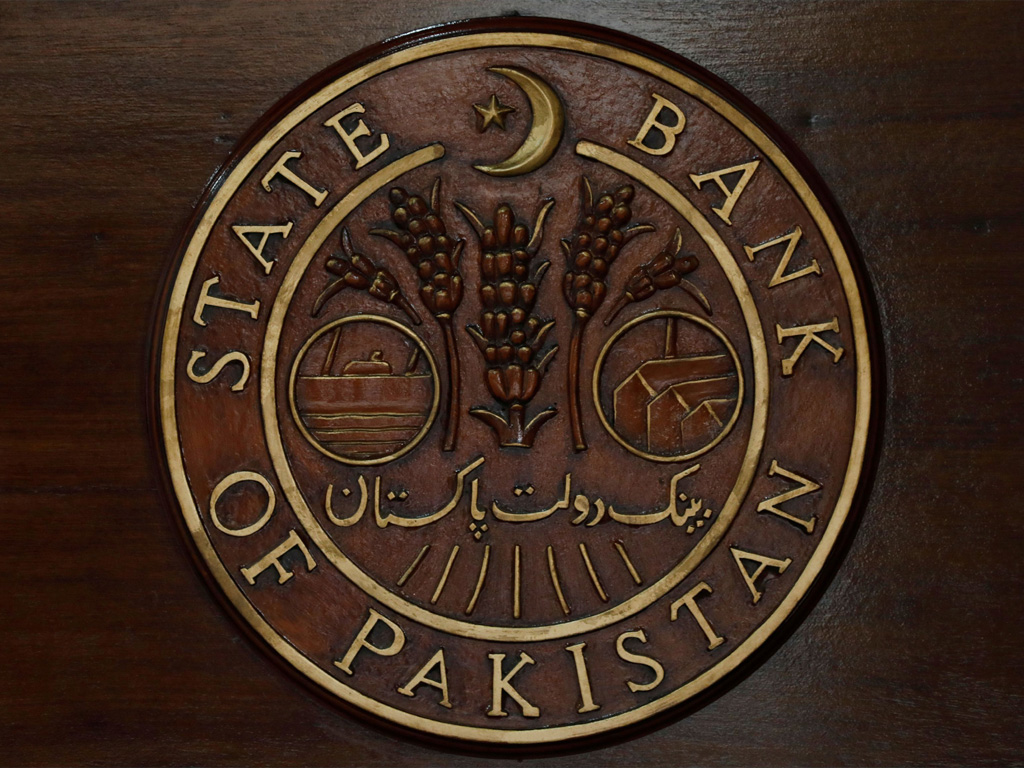Coronavirus spillover to weaken Pakistan's economic activity: states SBP's report
- The global and domestic spread of Covid-19 has brought an exceptional set of challenges for the country, stated SBP.
- To lessen the economic impact, the government and the SBP have therefore taken several measures to mitigate the adverse impacts of Covid-19 on the economy

The spillovers from the global economic impact hit by coronavirus pandemic are bound to weaken Pakistan’s economic activity and consumer demand and adversely impact supply, stated the State Bank of Pakistan (SBP).
“The global and domestic spread of Covid-19 has brought an exceptional set of challenges for the country… As the situation is extremely fluid and highly uncertain, the economic outlook remains subdued compared to the pre-outbreak estimates,” stated SBP in its newly released Second Quarterly Report for FY20 on the State of Pakistan’s Economy on Tuesday.
To lessen the economic impact, the government and the SBP have therefore taken several measures to mitigate the adverse impacts of Covid-19 on the economy. These include sizable fiscal spending programs, tax reliefs, and incentives to the construction industry.
The report highlighted the measures and efforts taken by the central bank. It said that the stabilization efforts and regulatory measures yielded notable improvements during the first half of FY20. The current account deficit contracted to a six-year low, foreign exchange reserves increased, the primary budget recorded a surplus, and core inflation eased.
Furthermore, export-based manufacturing showed signs of traction and construction activities picked up, indicating that the economy was on the path of recovery.
Talking about the IMF loan program, the central bank said that progress under the IMF program remained on track and the credit rating agencies maintained their stable outlook for Pakistan during the review period.
However, further improvements will require deep structural reforms to put the economy on a firm path towards sustainable growth.
Talking about the balance of payment, the report noted that the improvement in the current account mostly stemmed from a reduction in the import bill with some contribution from export earnings.
“Depressed international commodity prices had partially offset the gains in export volumes offered by a competitive exchange rate. Except for the telecommunications sector, foreign direct investment (FDI) inflows were also about the same level as last year,” it said in a statement.
The report emphasized that reforms needed to be prioritized to attract and sustain higher FDI inflows into the country.
Regarding the fiscal sector, the report noted that the primary budget recorded a surplus, while the fiscal deficit was contained during H1-FY20 compared to the same period last year.
This was due to significant growth in revenues despite a slowdown in the economy and the compression in imports. The SBP was of the view that the reversal of earlier tax concessions and the implementation of new levies helped increase the revenue collection.
Nonetheless, the overall revenue target was missed, highlighting the scope for greater efforts to broaden the tax base and increase documentation in the economy.
The report further highlighted the challenges in the agriculture sector. The SBP stated that the sector appears less resilient to challenges like constrained water availability and climate change. The cotton crop, in particular, was hit by unfavorable weather, pest attacks and low water availability.
Though the prospects for the wheat crop and livestock are encouraging, the decline in cotton production is likely to undermine the agriculture sector’s performance in FY20.
On the inflation front, the report noted that the inflationary pressures continued to build up throughout the first half of FY20. While the non-food-non-energy (NFNE) inflation exhibited stability amid subdued demand conditions in the economy, food inflation surged steeply in both the quarters.
“Given that the surge in inflationary pressures was mostly an outcome of supply disruptions, which are typically seasonal and temporary and core inflation did not rise by a commensurate amount, the SBP’s projections for the average headline inflation for FY20 remained broadly unchanged at 11-12 percent.”
The SBP said that the state of competition in the domestic economy is an area needing attention of the policymakers, in achieving economic growth and price stability.
The report argues that the overall competitive environment in Pakistan has been unfavorable for productivity enhancement and growth.
“In this context, a rethinking is needed concerning the regulatory structure of the economy. The role of the public sector should generally be limited to addressing market failures through structural reforms, and only providing broad institutional support to businesses. Where targeted interventions are inevitable to support activity in the presence of market failures, it may be ensured that these do not become entrenched,” stated the report.























Comments
Comments are closed.